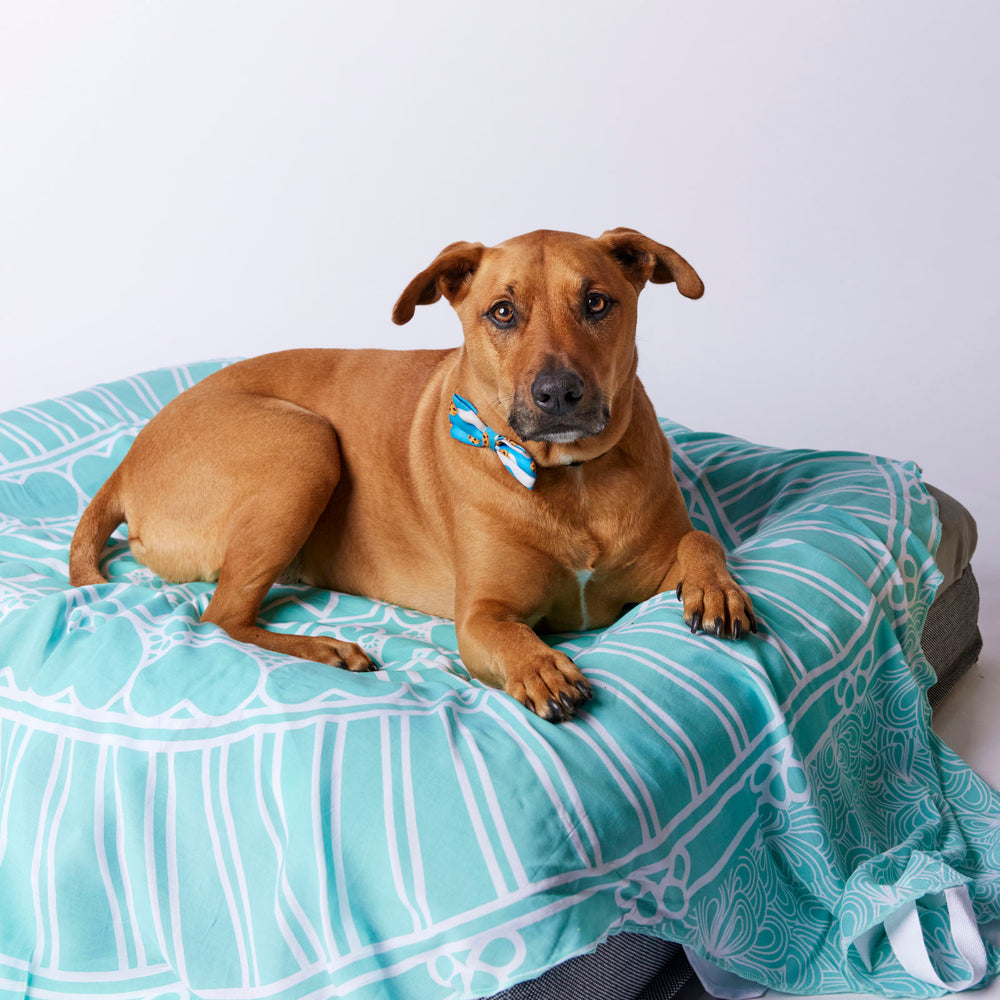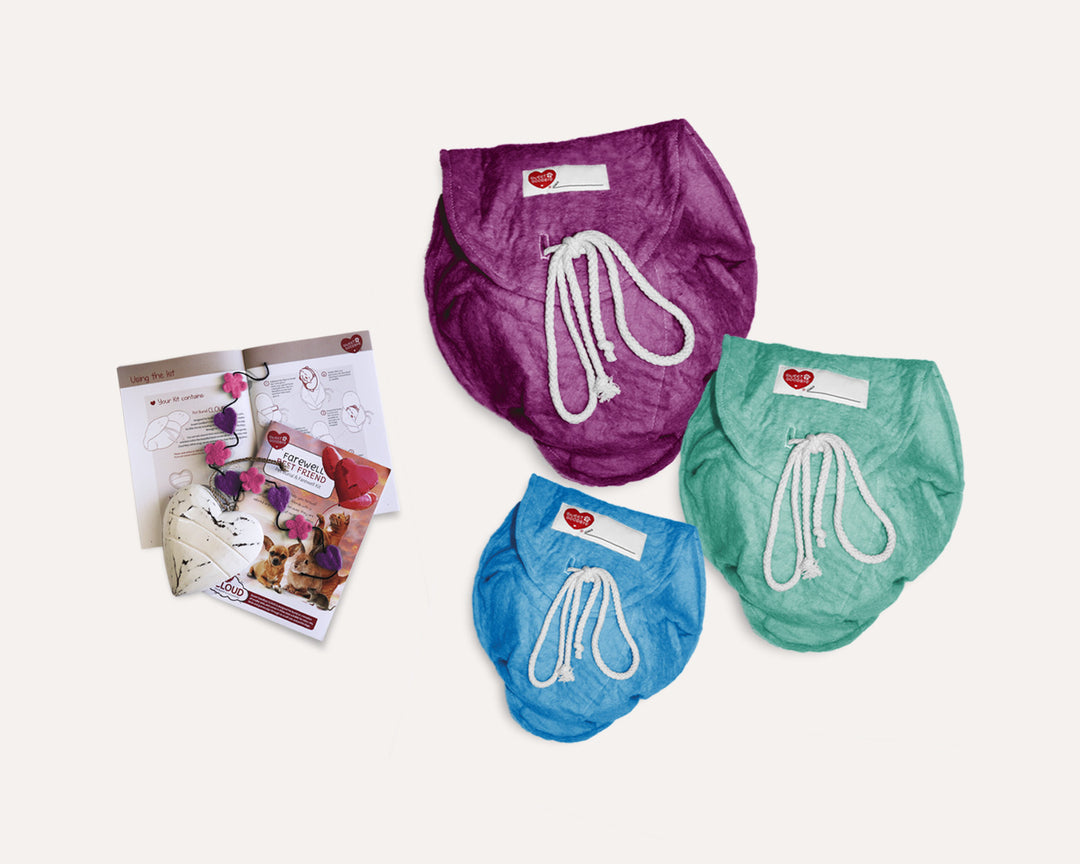Writing a Letter to Your Late Pet: A Healing Exercise
Losing a pet is one of the most heart-wrenching experiences a pet owner can go through. The bond we share with our pets is often deep, genuine, and full of unconditional love, making their passing a significant loss. While grieving, it can sometimes feel as though we have no way to express all the emotions tied to their absence. One powerful, healing exercise is writing a letter to your late pet.

In this blog, we’ll explore how writing a letter can be a cathartic experience for anyone who’s lost a beloved pet, and why it’s a great way to process grief and celebrate their memory.
1. A Safe Space to Express Your Grief
Losing a pet brings with it a complex mix of emotions. From sadness to guilt, confusion, and even a sense of emptiness, it's often difficult to articulate all the feelings that accompany the loss. Writing a letter to your late pet allows you to release these emotions without judgment or fear of burdening others. You can pour your heart out, knowing that no one is there to interrupt or offer unsolicited advice.
When you write, you’re not bound by expectations. You can express sorrow, talk about regrets, share happy memories, or simply say what was left unsaid during their time with you. The freedom to feel and express your grief in any way you choose can be incredibly healing.
2. Celebrating the Joy They Brought into Your Life
Beyond the sadness, a letter is a wonderful opportunity to reflect on the positive impact your pet had on your life. Write about the joy they brought, the laughter they shared, and the beautiful moments that made your time together so special. Reminisce about their quirks, the way they would greet you at the door, or the comfort they provided when you were down. These memories are worth cherishing, and writing them down helps immortalize the bond you had.
Sometimes, we forget how much love we shared because grief can cloud our perspective. A letter lets you take a moment to focus on the happiness your pet gave you. When you read your letter later, it serves as a reminder of the light they brought into your life.
3. Saying Goodbye in Your Own Way
For many people, saying goodbye can be difficult, especially if their pet passed suddenly or if there was no formal closure. A letter can offer a sense of closure by allowing you to say goodbye in a personal, meaningful way. Perhaps you want to tell them how much you love them, or express how much you miss their presence. You might even want to apologize if you feel there were things left unsaid or undone.
Saying goodbye is a critical part of healing, and a letter offers a space where you can say everything you need to. It can be a final message of love, or a chance to let go and acknowledge that they’re no longer in pain.
4. Healing Through Reflection
As you write, you may find that the act itself is incredibly soothing. Reflecting on your pet’s life and their role in your family can help you see the full picture of your time together, and allow you to process the grief that may feel overwhelming. Writing also encourages mindfulness—it requires you to slow down and focus on the positive aspects of your pet’s life, instead of being consumed by the loss.
Additionally, journaling can provide an outlet for any unresolved feelings. If you’re struggling with guilt or regret over certain actions, writing the letter gives you the opportunity to release those emotions and move toward healing. Often, we carry guilt because we feel we didn't do enough for our pets, but expressing those thoughts in a letter can help us realise that we did the best we could, and that their love for us was unconditional.
5. A Keepsake to Treasure Forever
Once you’ve written your letter, it can become a treasured keepsake. Keep it somewhere special, like in a scrapbook, or on a personal altar or memorial dedicated to your pet. Some pet owners choose to write a letter each year, adding to it as their grief softens and their healing progresses. The letter becomes not just a tool for emotional release, but a beautiful record of your evolving relationship with your pet, showing how your grief turns into love and acceptance over time.
6. Starting the Healing Journey
Writing a letter isn’t an immediate fix for the pain of losing a pet—it’s not a replacement for time, and it won’t take away the hurt. However, it can be a powerful way to process your grief and to begin your healing journey. It’s a personal, reflective activity that helps you move from mourning the loss to honoring and celebrating the life you shared. Through the act of writing, you can find peace, acceptance, and even joy as you recall your cherished memories.
How to Get Started
If you’re thinking of writing a letter to your late pet, here are some tips to guide you:
-
Find a quiet place where you can reflect and write freely.
-
Write without holding back. Don’t worry about grammar or how it sounds - let your emotions flow.
-
Include specific details that bring back fond memories. The more personal the letter, the more meaningful it will be.
-
Express everything you feel. Whether it’s love, sadness, or something else, there are no rules here.
-
Read it when you're ready. Some people find comfort in reading their letters aloud or keeping them for a more private moment.
Writing a letter to your late pet can be a transformative experience. It allows you to confront the loss head-on, express your emotions, and begin the healing process. It can be a simple yet profound way to honor their memory, appreciate the bond you shared, and ultimately come to terms with their passing.
Remember, grieving takes time, and everyone heals at their own pace. Whether you keep the letter for yourself or share it with others, the important thing is that it helps you move forward while keeping the memory of your pet alive in your heart.
This exercise can be an emotional but healing way to say goodbye, express love, and process grief. Have you ever written a letter to a lost pet, or would you consider it as part of your healing journey?









